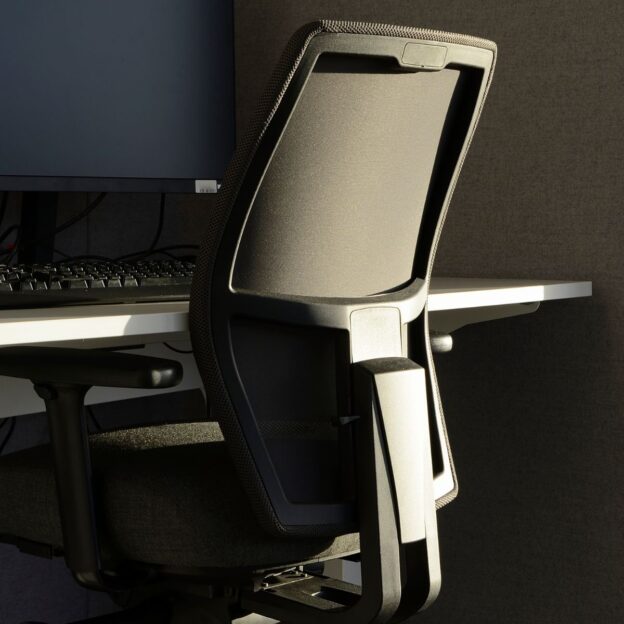The Importance of Seating Assessment in the Workplace: A Guide for HR Professionals
Under the Management of Health and Safety at Work Regulations 1999, employers are obliged to assess risks in the workplace, and this includes the integral element of seating.
Carrying out a thorough seating risk assessment helps identify potential hazards that could cause harm to people in the workplace. Below is a five-step approach to conducting an effective seating risk assessment:
Identify Hazards:
The first step is to observe seating arrangements in the workplace. Certain seating, such as non-adjustable chairs, may lead to common complaints like back pain. A holistic view of seating as part of the overall work system is necessary.
Determine Who Might Be Harmed:
Employers should consider all individuals who may use seating in the workplace, including employees and potential visitors. For example, if employees work from home, the safety of children and other household members must also be considered.
Evaluate Risks:
Employers need to evaluate if the current seating poses a health or safety risk to individuals. If risks are identified, actions must be taken to eliminate, reduce, or control these risks. However, if seating is safe, suitable, and adequately meets the needs of the users and tasks, no further action is necessary.
Record Findings:
For employers with five or more employees, it is legally required to record significant findings from risk assessments, along with their health and safety arrangements. These records serve to inform individuals in the workplace about potential hazards, assist safety representatives in their duties, and provide a reference for future similar situations.
Regularly Review the Assessment:
Regular reviews of risk assessments are crucial, especially when there are changes in work procedures or equipment. These reviews ensure new hazards are identified and managed, and adjustments are made for individuals whose needs may have changed, like pregnant workers who may require more suitable seating.
When assessing the suitability and safety of seating design, employers must take into account several factors: the needs of the individual, the nature of work, and workstation dimensions. Basic checks can include assessing the chair’s comfort, back support, upholstery, and adjustable features. Other considerations might include whether the chair allows work to be done at or below elbow height, whether armrests are suitable and provide adequate arm movement, and if special requirements like footrests are necessary.
Remember, these checks should be performed not just when selecting new seating but also when assessing current seating arrangements.
Contact us today to find out more information on workplace assessments.
Telephone 028 90 757757 or email info@ac-ni.com

